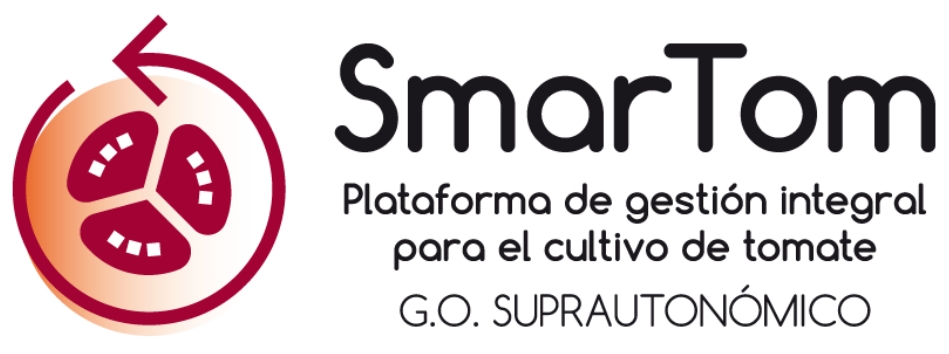Respect for your privacy is our priority
The cookie is a small information file stored in your browser each time you visit our web page.Cookies are useful because they record the history of your activity on our web page. Thus, when you return to the page, it identifies you and configures its content based on your browsing habits, your identity and your preferences.
You may accept cookies or refuse, block or delete cookies, at your convenience. To do this, you can choose from one of the options available on this window or even and if necessary, by configuring your browser.
If you refuse cookies, we can not guarantee the proper functioning of the various features of our web page.
For more information, please read the COOKIES INFORMATION section on our web page.


 Despite appearances, the start of the harvest season in Europe took place in a context radically different from previous seasons. In Spain, as in most European processing regions, companies launched into the 2020 season with comparatively much lower inventories than last year, due to increased demand caused by the Covid pandemic, but also with significantly higher income levels.
Despite appearances, the start of the harvest season in Europe took place in a context radically different from previous seasons. In Spain, as in most European processing regions, companies launched into the 2020 season with comparatively much lower inventories than last year, due to increased demand caused by the Covid pandemic, but also with significantly higher income levels.
 The last days of July, just before the start of the harvest season, were also an opportunity for stake-holders of the Smartom project to present, on demonstration plots of the Acopaex cooperative in Medellín (Extremadura), the results achieved with the help of this new program. Smartom is the result of two years of research in a project coordinated by the Food Technology Center of Extremadura (CTAEX). It has led to the creation of a complete crop management platform, which will be offered as a service to growers and technicians.
The last days of July, just before the start of the harvest season, were also an opportunity for stake-holders of the Smartom project to present, on demonstration plots of the Acopaex cooperative in Medellín (Extremadura), the results achieved with the help of this new program. Smartom is the result of two years of research in a project coordinated by the Food Technology Center of Extremadura (CTAEX). It has led to the creation of a complete crop management platform, which will be offered as a service to growers and technicians.


























